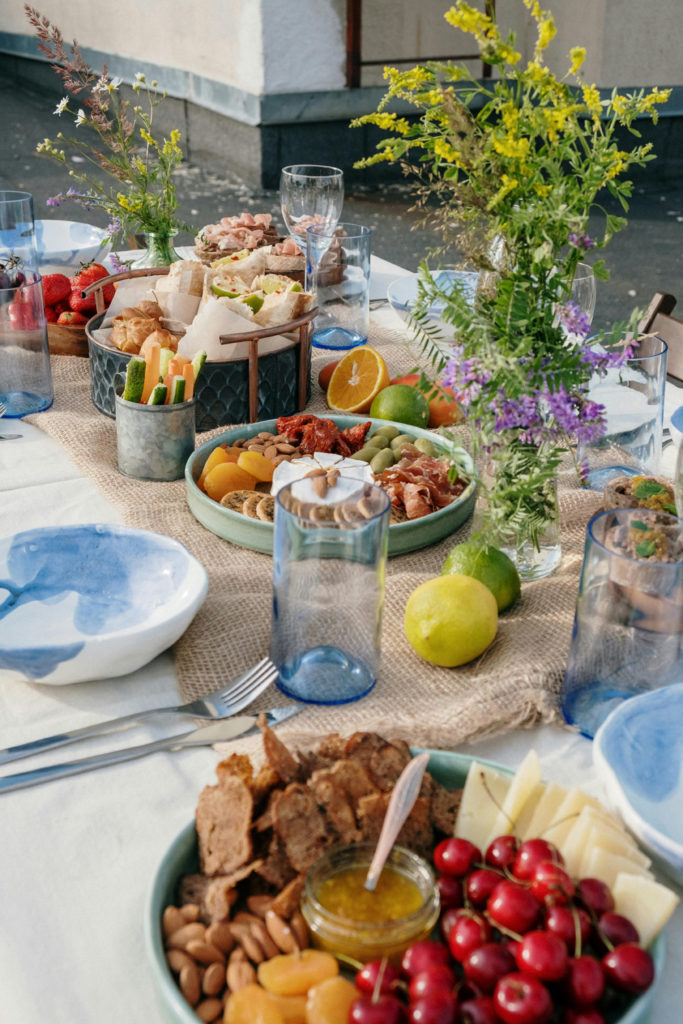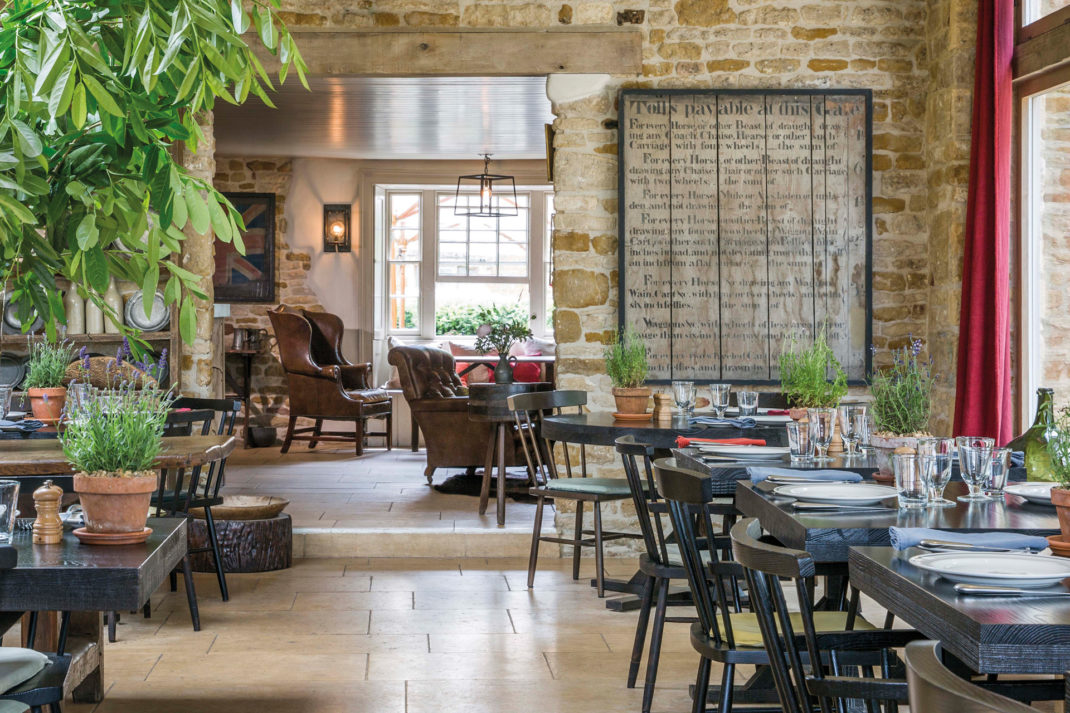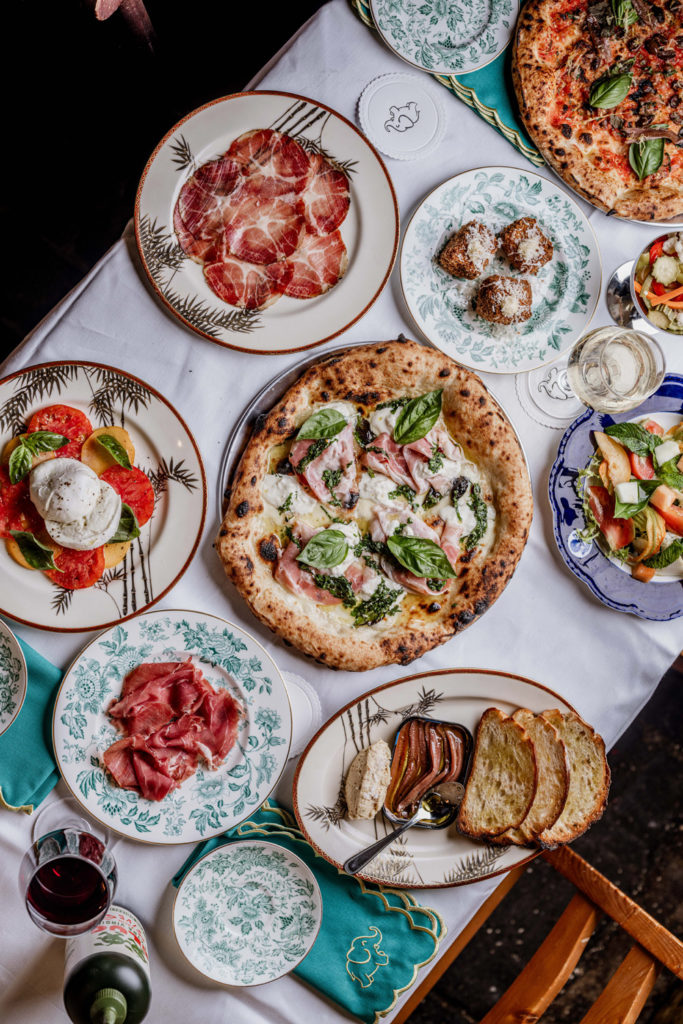Ingredient of the Week: Vanilla
By
2 years ago
A deep dive into the history of this versatile spice, plus Bettina's favourite cupcakes recipe
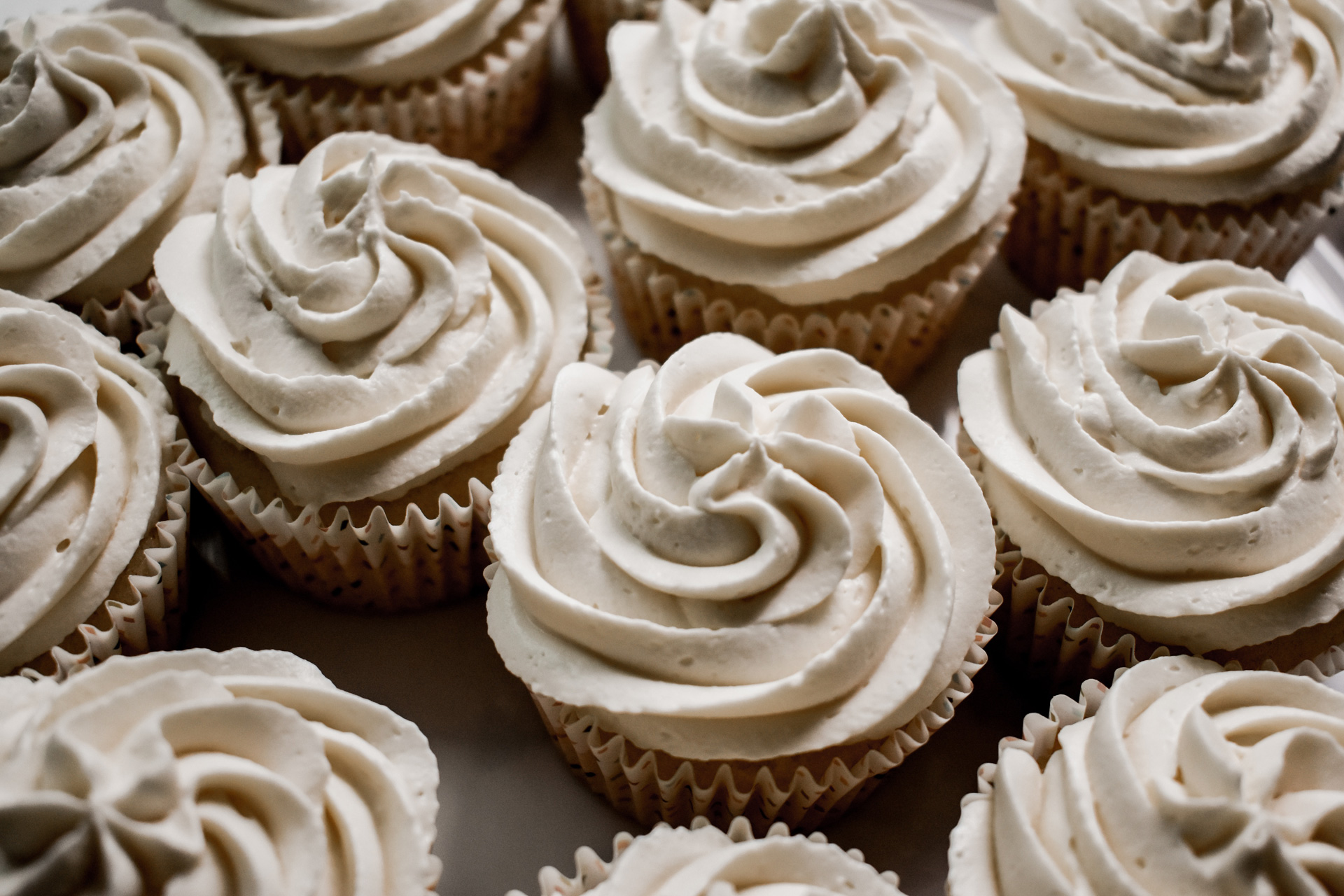
Each week plant-based cook Bettina Campolucci Bordi, founder of Bettina’s Kitchen, gives us the lowdown on a particular seasonal fruit, vegetable or ingredient, offering cooking tips and a recipe. This week it’s vanilla.
Ingredient of the Week: Vanilla
Vanilla is one of the most beloved and versatile ingredients in the world of food and cooking. This fragrant and flavourful spice comes from the seed pods of the vanilla orchid, a tropical plant that is native to Mexico and Central America. Today, it’s cultivated in many different regions around the world, from Madagascar and Tahiti to India and Indonesia.
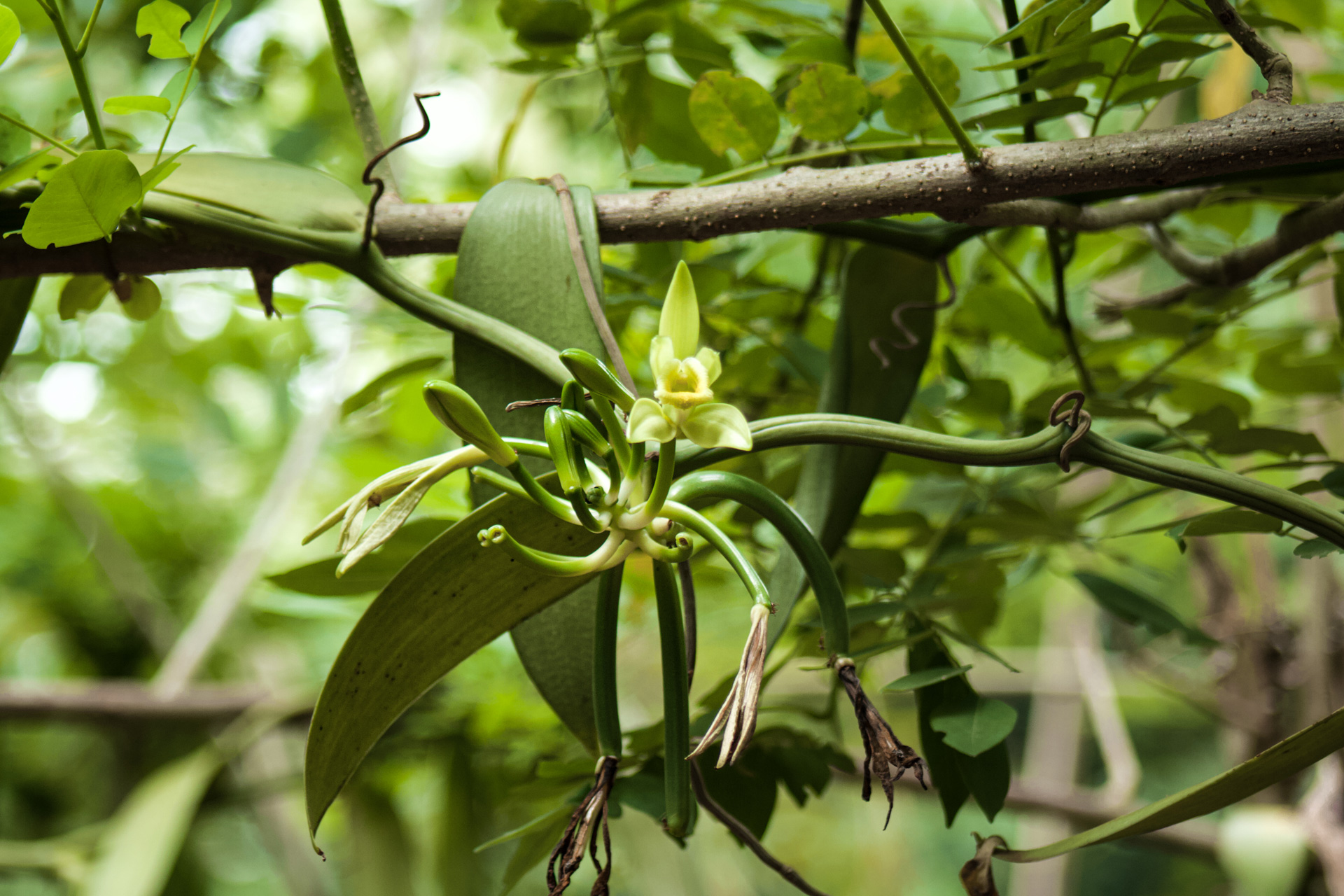
Getty Images
Uses
As a chef and food blogger, I love working with vanilla in my recipes. Its subtle sweetness and rich aroma can enhance a wide range of dishes, from desserts and baked goods to savoury dishes and beverages. Here are some of my favorite ways to use it in the kitchen.
- Baked goods: Vanilla is a staple ingredient in many baked goods, from classic cupcakes and cookies to more complex desserts like custards and ice creams. When using vanilla in baking, it’s important to choose high-quality extract or beans, as this will give your baked goods the best flavour. I love to use pure extract or beans in my baking, as they have a more complex and nuanced flavor than synthetic vanilla flavourings.
- Beverages: Vanilla can also be used to flavour a variety of beverages, from coffee and tea to cocktails and smoothies. One of my favourite ways to use it in drinks is to make homemade syrup. Simply combine equal parts sugar and water in a saucepan and simmer until the sugar dissolves. Then, add a vanilla bean or pure vanilla extract and simmer for a few more minutes to infuse the syrup with vanilla flavour. This syrup can be added to coffee, tea, or cocktails for a sweet and aromatic touch.
- Savoury dishes: While vanilla is often associated with sweet dishes, it can also be used to add flavour and complexity to savoury dishes. In particular, it pairs well with rich and savoury flavours like caramelized onions, roasted vegetables, and grilled meats. I love to use vanilla in savoury sauces and marinades, as well as in dressings for salads and grain bowls.
- DIY beauty products: Vanilla isn’t just a delicious ingredient for cooking, it’s also a great addition to DIY beauty products. It’s rich in antioxidants and has anti-inflammatory properties, which makes it a great ingredient for skincare. I like to mix a few drops of vanilla essential oil with coconut oil or shea butter to make a natural and nourishing body butter. This can be used as a moisturiser for dry skin, or as a massage oil for a relaxing spa experience.
- Natural air freshener: Finally, vanilla can also be used as a natural air freshener. Simply add a few drops of vanilla extract to a bowl of warm water and place it in a sunny spot in your home. The warm water will release the fragrance, filling your home with a warm and cosy aroma.
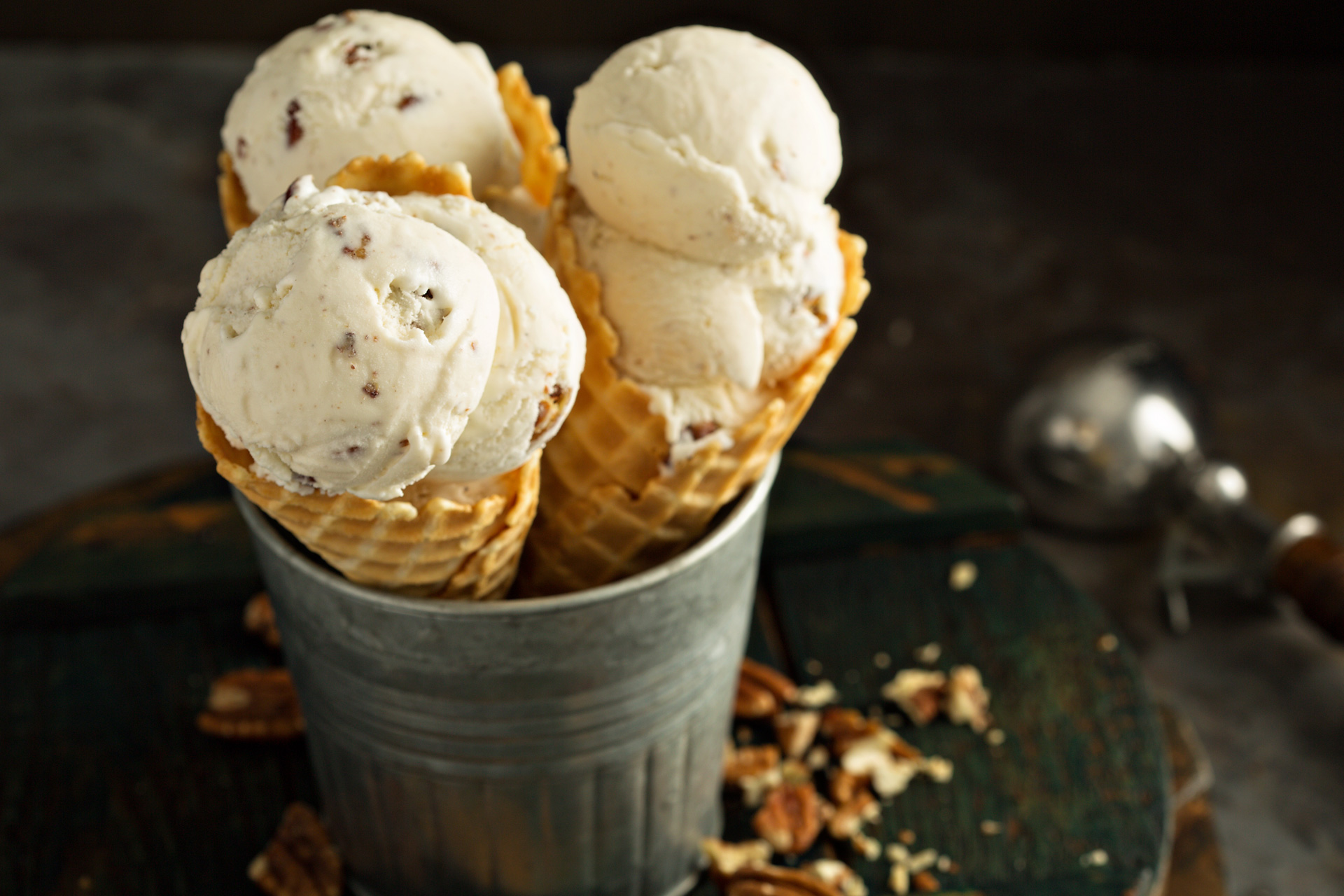
Getty Images
History
While vanilla is now widely used and loved around the world, it has a complex history which is rooted in ancient Mesoamerican cultures. The Totonac people of Mexico were the first to cultivate vanilla and used it for both medicinal and culinary purposes. The Aztecs later conquered the Totonac people and began to use it in their own cooking, including as a flavouring for their famous hot chocolate. Vanilla was later introduced to Europe by Spanish conquistadors, who discovered it during their travels in the New World.
Vanilla is one of the world’s most labour-intensive crops. Growing it is a long and labour-intensive process that involves hand-pollinating the orchid flowers, hand-harvesting the seed pods, and curing the pods for several months. This process is one reason why vanilla is so expensive: it is the second most expensive spice in the world after saffron. Additionally, vanilla production has been impacted by a variety of factors, including climate change, which has led to crop failures and reduced yields.
While the most common type of vanilla used for culinary purposes is Vanilla planifolia, there are actually over 150 species of vanilla orchids. These orchids are found in tropical regions around the world, from Madagascar and Tahiti to India and Indonesia. While some of these species have been used for medicinal purposes, only a few are used for culinary purposes, with Vanilla planifolia being the most widely cultivated and used in cooking.
If you are looking for a sweet treat to enjoy this week, look no further than these cupcakes. Made with rich cacao powder, creamy coconut oil, and a surprise burst of chocolate bar in the centre, these cupcakes are sure to satisfy any sweet tooth, topped with a fluffy whipped cream and a decadent peanut butter cup.
Cupcakes Recipe
Makes 8 cupcakes
Ingredients:
For the cupcakes
- 100g coconut oil, melted
- 310ml of plantmilk
- 200g caster sugar
- 1 tbsp apple cider vinegar
- 220g plain flour
- 50g cacao powder
- 2 tsp baking powder
- ½ tsp bicarbonate of soda
- ½ tsp salt
- ½ tsp cardamom
- ¼ tsp vanilla paste or powder
- 2 Love Raw Orange M:lk Choc Bars
For the topping
- 250ml plant whipping cream
- 1 tbsp maple syrup
- ½ tsp vanilla paste or powder
- 4 packets Love Raw Butter Cups
Method
- Preheat the oven to 170ºC.
- Mix the melted coconut oil, sugar and plant milk together in a bowl until the sugar is dissolved, mix for a few minutes. Then stir in the apple cider vinegar.
- Now add the flour, cacao powder, baking powder, bicarb of soda, cardamom, vanilla and salt, and whisk to combine into a smooth texture.
- Using a large ice cream scoop, divide half of the mixture into 8 cupcake holders, then add one square of Love Raw Orange M:lk Choc Bar inside the middle of each cupcake and push down gently. Using the ice cream scoop again, top each cupcake with the remaining mixture (so that the chocolate piece is hidden in the middle as a nice surprise!).
- Place into the oven for 25 minutes.
- Once the muffins are ready, remove from the oven and allow to cool.
- For the cream topping, whip the cream, maple syrup and vanilla together in a bowl until it’s nice and fluffy, put into a piping bag and set aside in the fridge.
- When the muffins have fully cooled, pipe some cream onto the top of each one, then top with a Love Raw Butter Cup for full indulgence.

